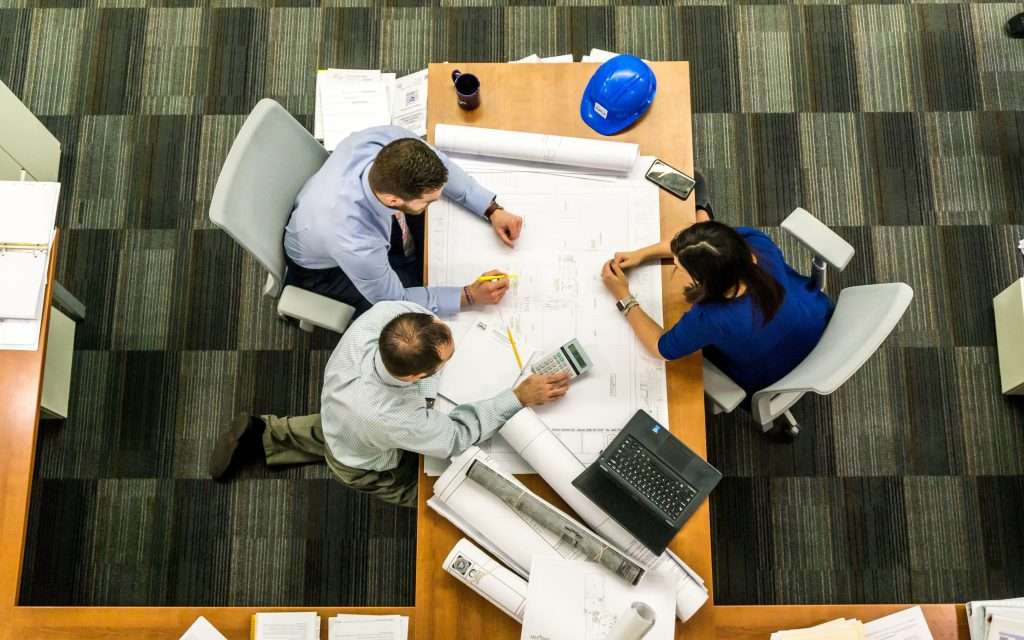Project Objectives
- Construction of the missing link in Trans-Asian Railway (TAR) Network in Bangladesh.
- Improving accessibility from Dhaka to Cox’s Bazar through extending the existing rail line from Chittagong-Dohazari.
- Contribution to the growth of tourism in the Cox’s Bazar area.
- Providing safe and higher quality of service to passengers.
- Reducing traffic congestion, air pollution and number of accidents through diversion of road traffic to rail.

‘Construction of Single Line Dual Gauge Railway Track from Dohazari to Cox’s Bazar via Ramu’ Under ‘SASEC, Chittagong-Cox’s Bazar Railway Project, Phase 1’ is part of the government’s strategy to connect more districts of the country to the railway network and develop the Trans-Asian Railway (TAR) corridor in Bangladesh. The proposed Dohazari-Cox’s Bazar railway line is a greenfield project and is one of seven investment sub-projects being undertaken by the Bangladesh Railway (BR) to improve the country’s rail connectivity with other Asian countries. It is part of the TAR network and will improve access to Myanmar and beyond. With dual-gauge tracks, the project will also offer railway connectivity towards north-eastern India and to Bhutan and Nepal through the Indian railway network, which is constructed mostly in broad gauge. It will also support:
The project objective is formulated to achieve the successful completion of the following key construction components :
Construction of Single-Track DG railway including earthworks and level crossings:
The New track will begin at Dohazari and continue southwards to Cox’s Bazar via Ramu. This track will be constructed as DG (comprising of BG with track gauge of 1,676 mm and MG with track gauge of 1,000 mm) with 3-rail configuration following IRS-25 tonne loading 2008. This construction will also incorporate option for future double-tracking. The earthwork for this new rail embankment with a range of height from about 2.0m to 6.0 m will include excavation and fill with provisions of drainage facilities and slope stabilization.
Construction of Station, Platforms, Yards, Buildings and Sidings:
A total of nine new stations including Dohazari will be built. The existing station at Dohazari will be demolished to construct a new facility at the design location. T1 Type Station Buildings are proposed for Dohazari, Satkania, Lohagara, Harbang, Chakaria, Dulahazara, Islamabad and Ramu. Special type station building is proposed for Cox’s Bazar. Construction of new rail stations with a contemporary look in rail services will herald a number of developments and meet increasing passenger demand of railway stations for Dohazari to Cox’s Bazar.
Construction of Bridges and Culverts:
There will be the construction of 38 major bridges and 230 minor culverts in this project. Six large bridges will be constructed over the Sangu, Matamuhuri and Bakkhali rivers, as well as the idgaon Chara tributary. Major bridges will be steel semi through plate girder bridges which are consistent with the majority of other bridges in BR network and the minor bridges will be single or multiple cell reinforced concrete box culvert structures.
Installation of Signalling and Telecommunication System:
Signalling and Telecommunication part of the work will involve the installation of the following components:
• Computer-Based Interlocking (CBI) signaling system at 9 stations;
• Tokenless Block system;
• Signalling, Interlocking, approach warning system with telecommunication system at Special and ‘A’-Class level crossings and telephone system at ‘B’-Class out-station level crossings;
• Telecommunication, Transmission and Interface equipment using optical fibers for voice, data and train control.
Modernizing Station Activities by BMS in Cox’s Bazar ICONIC Railway Station:
Cox’s Bazar Railway Station, a landmark development in southeastern Bangladesh, combines modern transportation infrastructure with cultural heritage. Serving as a vital hub for domestic and international connectivity, the station supports Bangladesh’s infrastructural goals and the Trans-Asian Railway Network. It integrates advanced technology and sustainable design to ensure efficiency, safety, and passenger satisfaction.
Key Features and Innovations:
Building Management System (BMS):
The station employs Honeywell’s Enterprise Buildings Integrator (EBI), a state-of-the-art BMS designed for high-capacity infrastructures. This system optimizes operations while aligning with sustainability objectives.
- Unified Platform: Centralized management of HVAC, lighting, fire safety, and security.
- Energy Optimization: Tracks and minimizes energy consumption, reducing carbon emissions.
- Passenger Comfort: Dynamic control of temperature, lighting, and air quality based on real-time data.
- Predictive Maintenance: Proactively prevents equipment failures, reducing downtime.
- Cybersecurity: Ensures data integrity with robust protection protocols.











